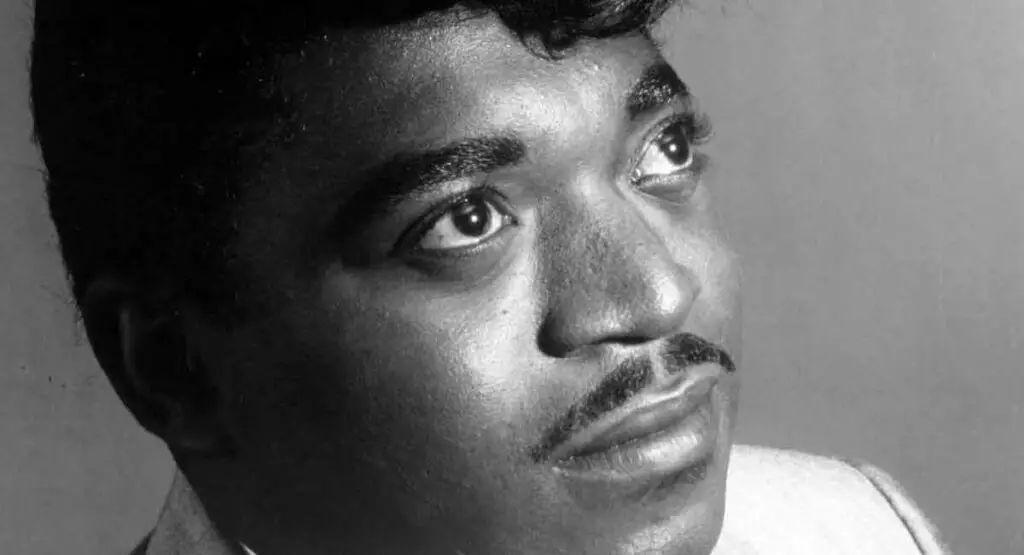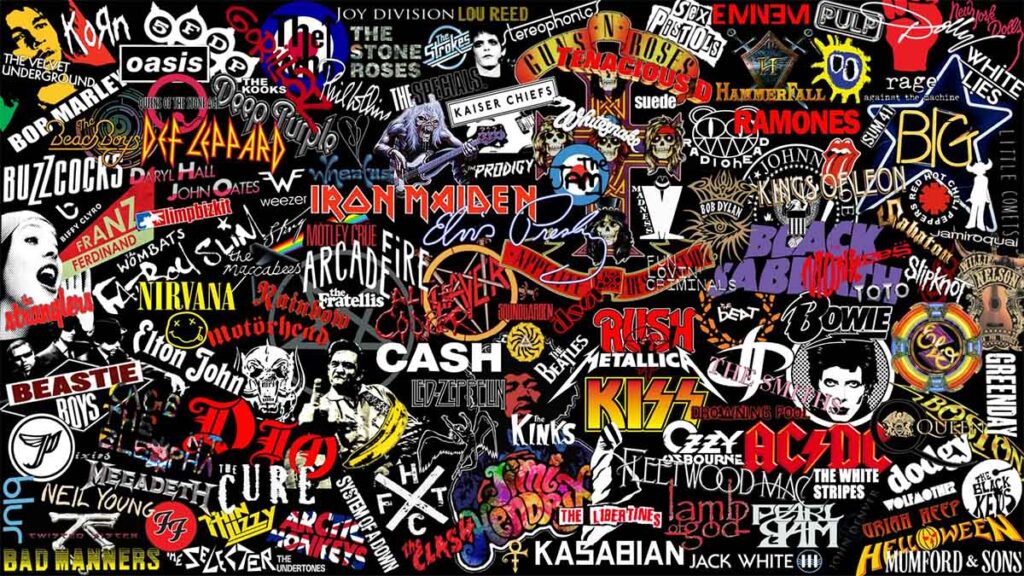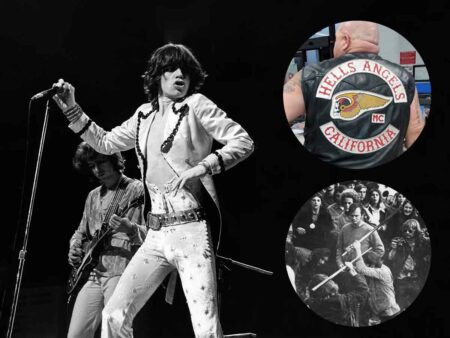A recent study found that people aged 18 to 25 strongly recognize songs from the 1960s to the 1990s, which might surprise anyone who believes all oldies sound the same.
Researchers from New York University (NYU) compared how millennials respond to songs from different decades. They discovered a “stable plateau” for hits released between the 1960s and 1990s, indicating that these older tunes have serious staying power.
Meanwhile, newer songs from 2000 to 2015—though initially recognized at higher levels—drop off in familiarity at lightning speed. It’s as if these modern hits become “old news” way faster than tracks from several generations ago.
The study’s senior author, Dr. Pascal Wallisch, explained that the 1960s through the 1990s were a “special time” in music. He pointed to the wide diversity of songs that topped the Billboard charts during that period, which might help explain our passion for these older jams.
Imagine hearing the Rolling Stones’ “Gimme Shelter” or Britney Spears’ “Baby One More Time” and instantly lighting up with recognition. Now compare that to hearing a slightly older track like John Denver’s “I’m Sorry,” which not as many young people could recall.
This epic “Golden Age” spans everything from Pink Floyd’s moody “Comfortably Numb” to the Spice Girls’ pop-tastic “Wannabe.” The sheer variety in styles and the huge number of famous artists from that era may be why many of these songs still get airplay and recognition.
In contrast, if you’re a huge fan of Cardi B or Post Malone, you might be in for a bit of teasing from music purists. Some folks claim that if you’re not into older classics, you have “terrible taste,” though that’s obviously up for debate.
Still, the science suggests that recognizing older songs isn’t just something grandparents do. The researchers tested 643 young participants, whose mean age was 21.3, in the New York area, and found them humming along to tunes from well before their birth years.
Study participants listened to snippets of 152 billboard-topping tracks. They got a few short clips—5, 10, or 15 seconds long—of each randomly chosen song, often featuring a signature “lick” every true fan would know by heart.
If they recognized the tune, they indicated so, and the researchers mapped how recognition changed based on the release dates. The results showed a big drop for tracks from the 1940s and 1950s, a rock-steady plateau from the 1960s to 1990s, and then a quick plummet again for the 2000s and beyond.
One reason offered for the “Golden Age” phenomena is that songs from about 1960 to 1999 covered every possible genre you could imagine. In other words, the charts opened the door to everything from rock to disco to hip-hop, and this density of creativity clearly stuck in people’s minds.
For modern pop, the study noticed higher overall familiarity at first, but it seems these more recent hits fade from memory like yesterday’s viral meme. While you might know a 2020 chart-topper now, there’s a chance you could forget all about it before your next birthday.
Interestingly, Spotify play counts also line up with the study’s findings. Even though Spotify wasn’t around before 2008, people still stream a surprising number of old-school songs, suggesting we just can’t resist jamming to certain golden classics.

Not all hits from the 1960s to 1990s are equally memorable, though. Some like Percy Sledge’s “When A Man Loves A Woman” skyrocketed in recognition, while others, including Dawn’s “Knock Three Times,” have drifted into near oblivion.
According to Dr. Wallisch, the fact that participants could recognize so many older songs means younger people are purposely seeking them out. Whether streaming online or hearing them in movies, commercials, or on vinyl at a friend’s house, these old tracks keep earning new fans.
So, if you’re a teen who knows every lyric to “Don’t Fear The Reaper” by Blue Oyster Cult, you’re in good company. Pop culture might pressure you into thinking your generation’s music is always the best, but science shows those earlier jams are here to stay.
This doesn’t mean you have to ditch your current playlist. Instead, feel free to enjoy Ariana Grande alongside Blondie’s “The Tide is High,” so you get the best of both worlds.
Maybe the real secret is variety: with more types of songs in your library, there’s a higher chance you’ll recall catchy tunes years down the road. After all, recognition is often connected to how much we adore or replay a song, suggesting that genuine love has no expiration date.
Together, these findings solidify the notion that the true “Golden Age” of music belonged to the late 20th century. Even teens today, who weren’t born when these songs came out, still show tremendous appreciation for this era’s unforgettable hits.
So keep rocking out to old-school anthems, even if your buddies look at you funny. You’ll be the one who knows what’s up when a ‘60s groove unexpectedly takes over the party—and that’s pretty cool in any generation.




